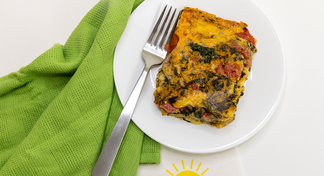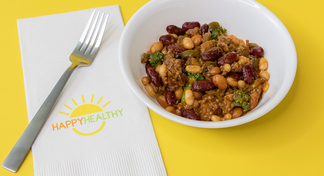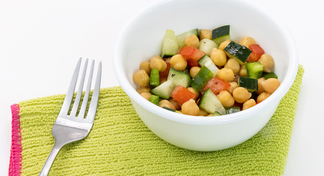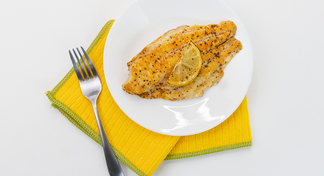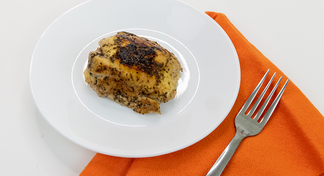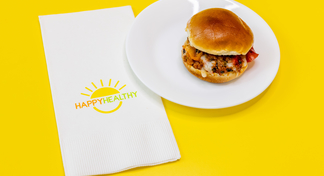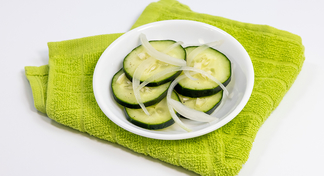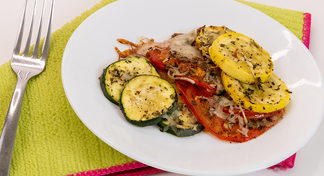Kitchen Knife Basics
Follow these tips to buy, use and care for your knives
Shopping Tips
Find a good fit:
- Handles have different shapes
- Hold a few knives in your hand before buying
- Some may feel more comfortable than others
The essentials:
- You don’t have to buy a knife block set, you can buy them individually
- Most kitchen tasks can be done with just a few knives
Start with these three essentials
- Chef’s knife
- Paring knife
- Serrated knife
Chef’s knife (8 to 10-inch blade)
- Almost all cutting can be done with this knife
- If you can only buy one knife, buy a Chef’s knife first
Paring knife (3 to 4-inch blade)
- Use to peel or cut fruits and vegetables into small pieces
Serrated knife (8 to 10-inch blade with small “teeth”)
- A long knife like a Chef’s knife but the blade is jagged, rather than smooth
- Good for slicing bread and cutting soft-skinned produce like tomatoes
Safety Tips
Never put a knife in a sink full of water
- You may forget the knife and cut yourself
- And never put your knives in the dishwasher
Never try to catch a falling knife
- If you drop it, take a quick step back so it doesn’t cut your toes or bounce back on you
When sharing a knife:
- Hand it off by the handle
- Or set it down and let the other person pick it up
Carrying a knife:
- Always walk with the blade pointed toward the floor
- This helps to avoid cutting someone who may come into your path
When not using your knife:
- Place it at the top of your cutting board
- Keep the blade facing away from you
Keep knives sharp:
- A dull knife requires more force, which can lead to slipping
- To sharpen knives, use a steel to align the edges of the blade
- Or use a pull through knife sharpener
- Do not sharpen serrated knives – it could ruin the knife
Using Knives Safely
- Watch your fingers: Tuck your fingers toward your palm on the hand that his holding the food
- Lead with the tip: Angle the tip of the knife toward the cutting board
- Slice: Cut through the food with a single motion, don’t push down
- Create a flat surface: When working with round foods like onions or potatoes, cut them in half first, lay the flat side down, then continue cutting
Practice these kitchen knife basics and enjoy creating delicious meals!






